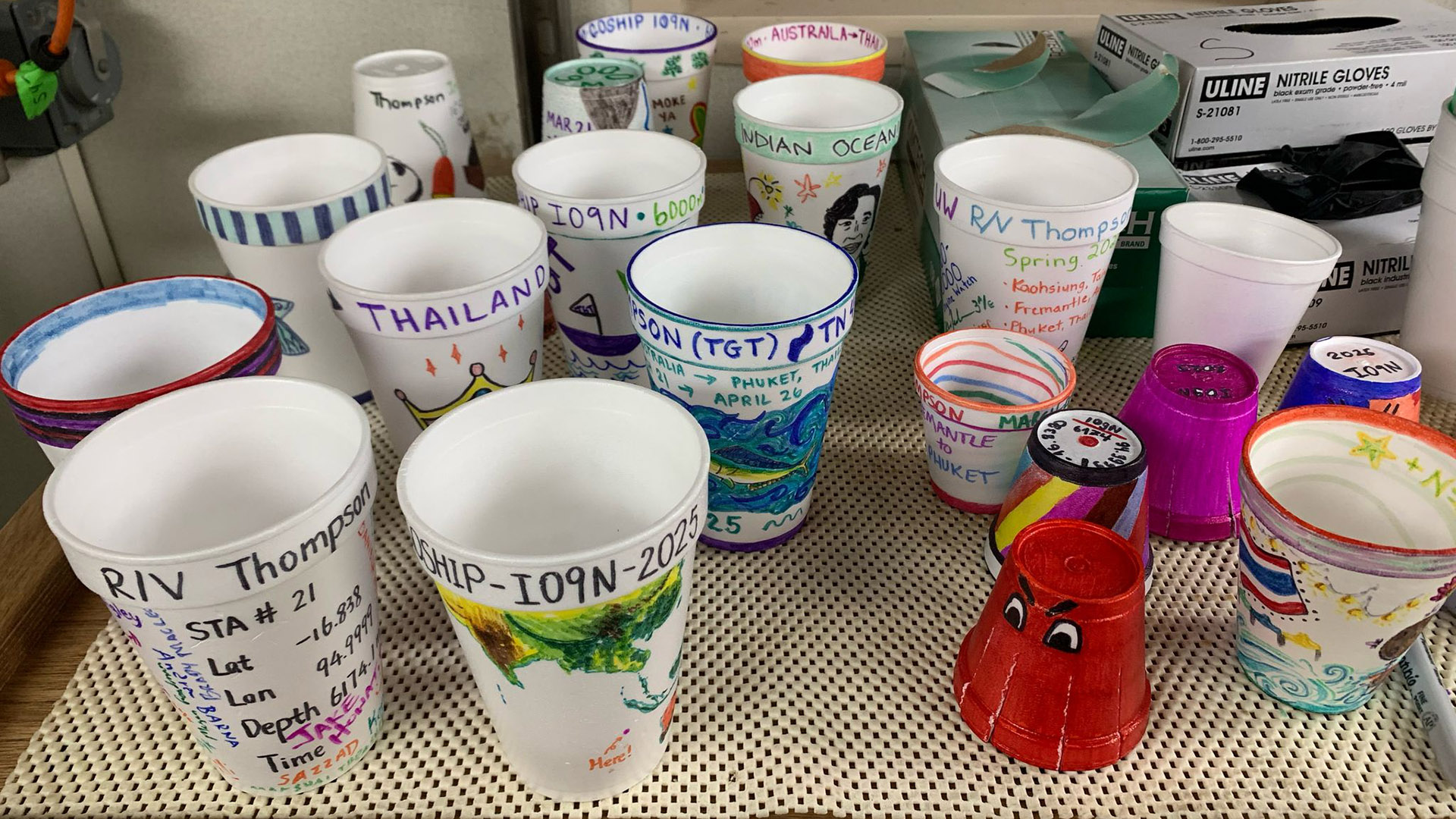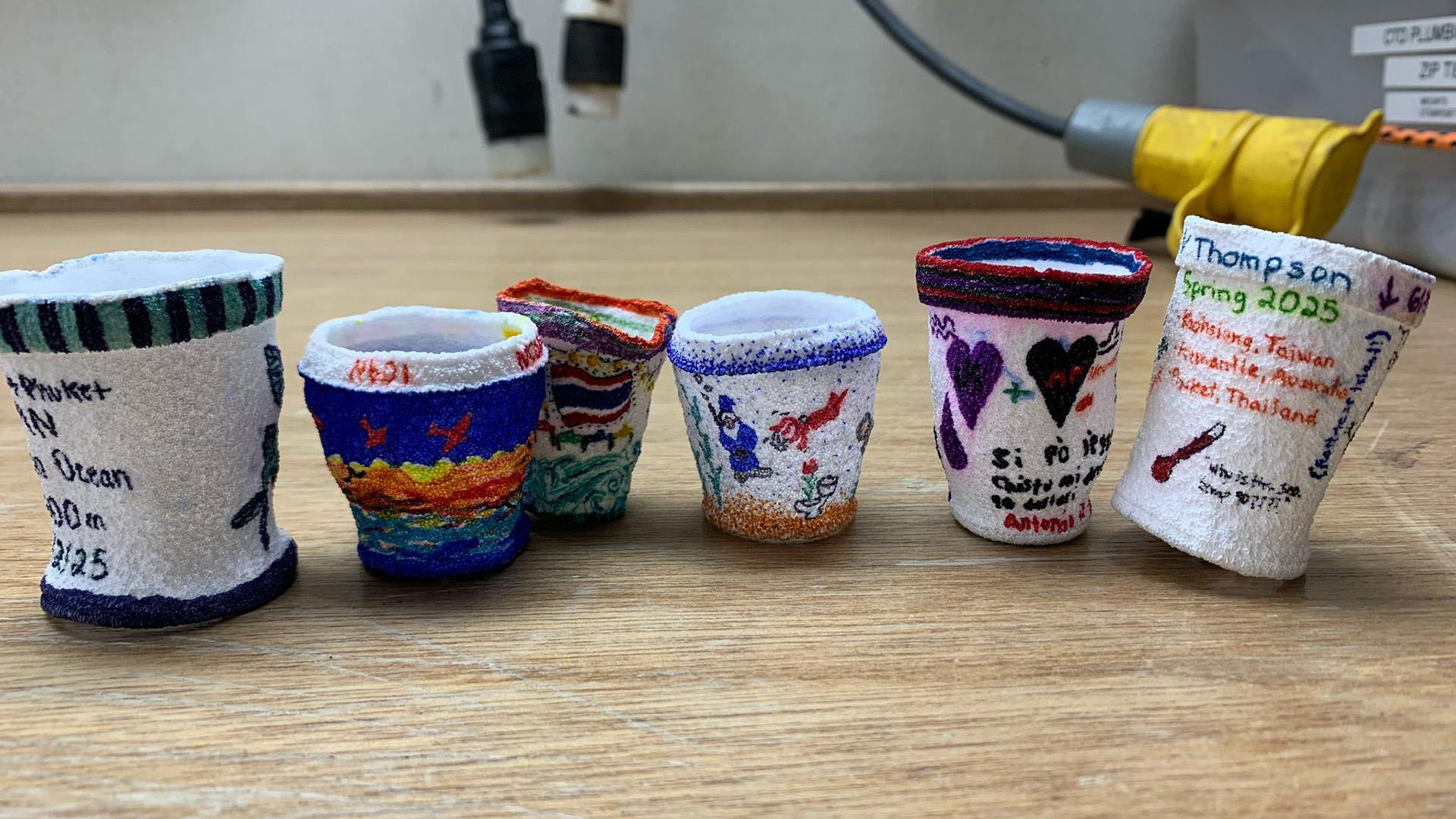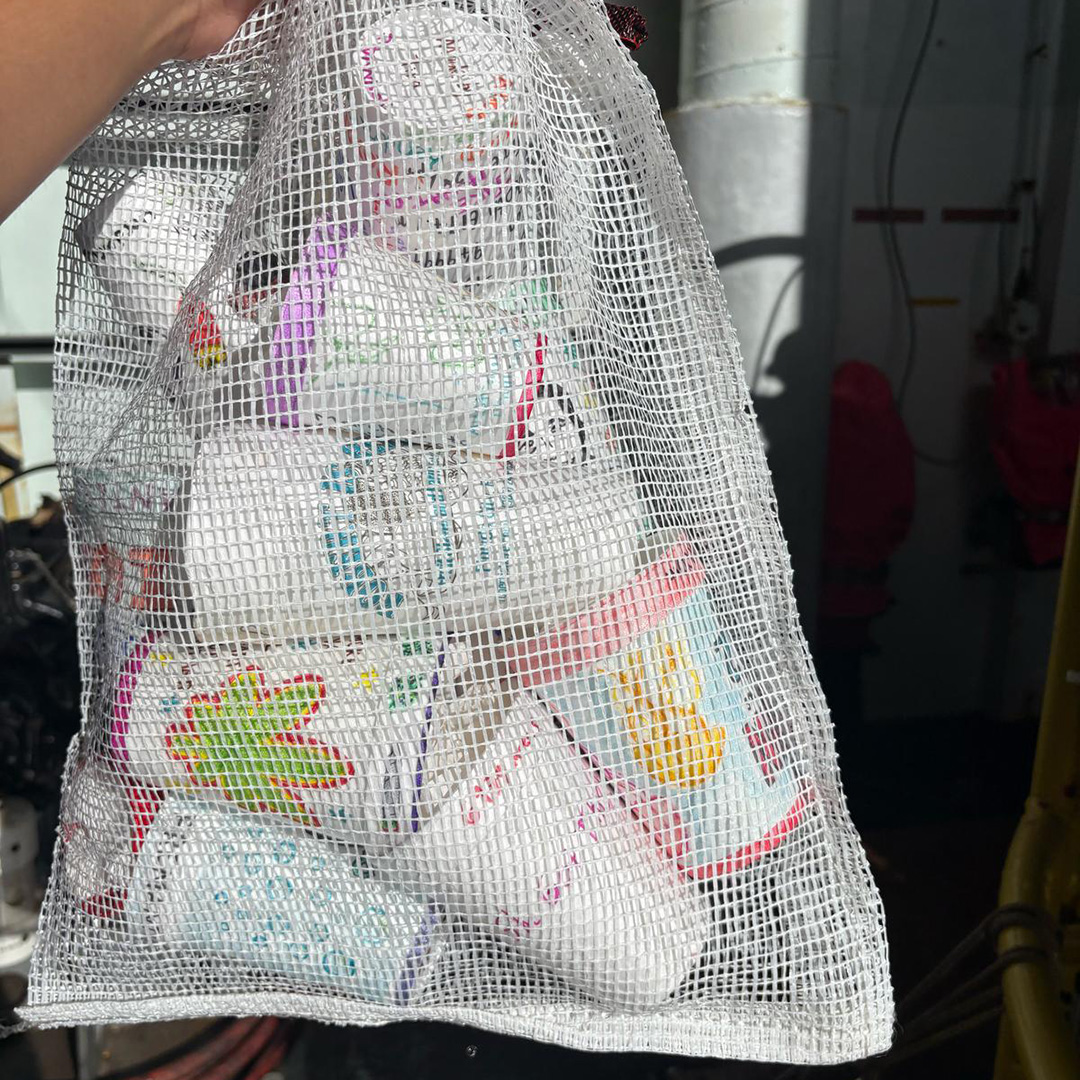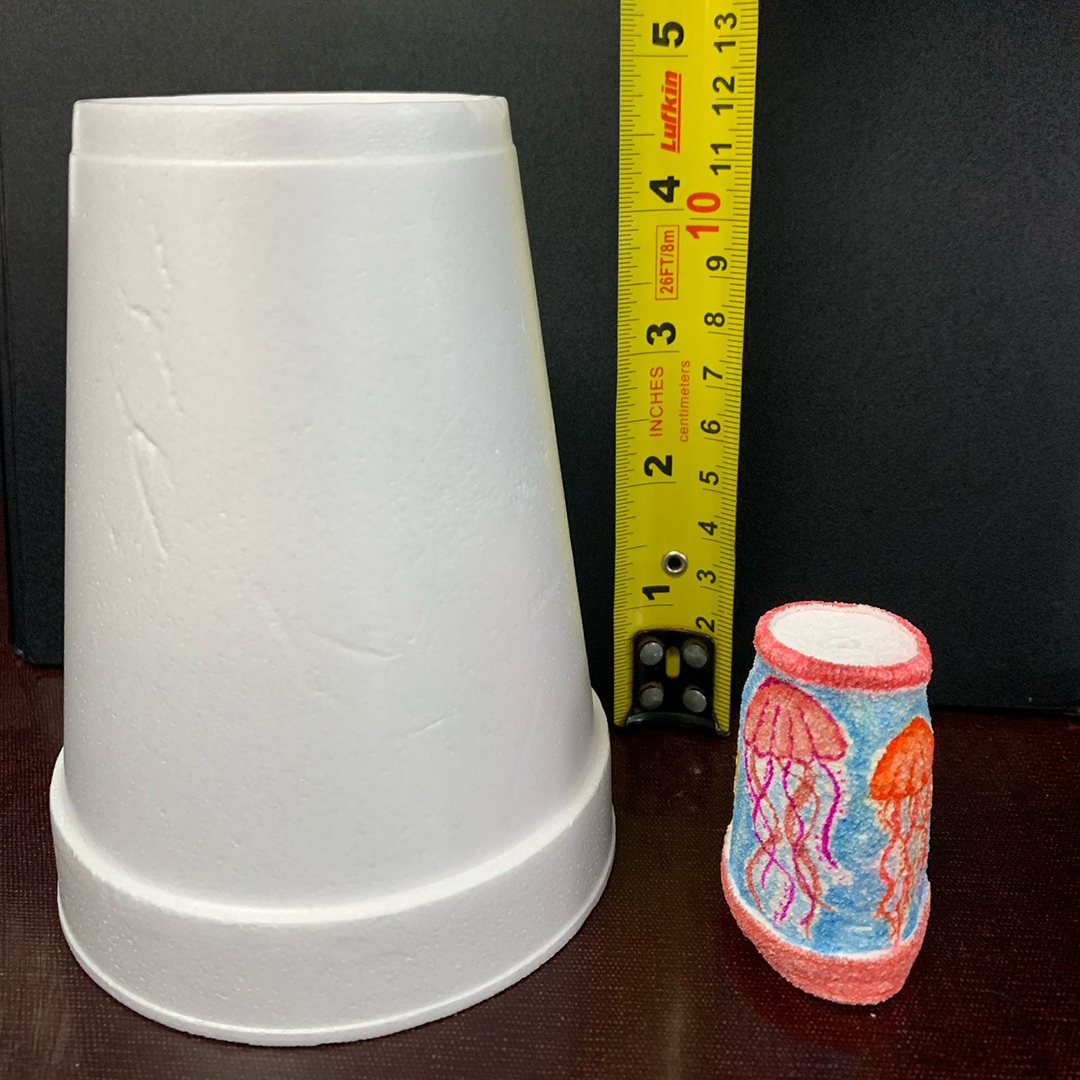The Amazing Shrinking Styrofoam Cup: A Deep-Sea Physics Adventure
Ever wondered what happens when you send a regular cup to the bottom of the ocean?
🎯 What’s the Experiment?
Oceanographers (a.k.a. sea scientists) sometimes attach styrofoam cups to a piece of high-tech equipment called a CTD rosette. This bad boy gets lowered into the ocean to measure Conductivity, Temperature, and Depth—hence, CTD.
But here’s where the fun begins: the cups start off looking normal—maybe even decorated with sharpie doodles and names (it’s tradition!). But when the CTD comes back up from the deep blue, the cups look like they just came out of a hot dryer—tiny and shrunken down, but still perfectly shaped
🧪 Wait… Why Does That Happen?
Time to flex our physics muscles. The cups are made of expanded polystyrene, or styrofoam. It’s basically a ton of tiny plastic bubbles filled with air, all squished together to make the lightweight, floaty cups we know and love.
Now, when we lower these cups into the ocean—sometimes thousands of meters deep—they face crushing water pressure. And we’re not being dramatic. At 1,000 meters, the pressure is about 100 times the atmospheric pressure at sea level. That’s like having a car sitting on every square inch of your body. 😳
This massive pressure squeezes the air out of the styrofoam’s bubbles, crushing them inward and shrinking the cup. No heat, no magic—just pure pressure physics.
📚 Quick Science Recap:
- Pressure increases with depth in the ocean.
- Styrofoam is full of tiny air pockets.
- High pressure compresses air (Boyle’s Law, anyone?).
- Once compressed, the structure doesn’t bounce back—so the cup stays tiny forever.
🧠 What’s the Point?
Okay, it’s super fun and makes a great souvenir, but it also teaches a big physics lesson in a small (now literally small) package. The shrinking cup shows how pressure behaves under water, and how materials respond when you take them far outside normal conditions.
Plus, it’s a visual and hands-on way to understand a concept that’s otherwise invisible. You can’t see pressure, but you can definitely see what it does to a poor styrofoam cup at 6,000 meters!
~Ilmar Leimann
About the Author — Ilmar Leimann is a Doctoral Researcher from the University of Bremen, Germany. On the I09N expedition, he is responsible for the LADCP.





